
Start up
Passion. Potential. Pitches. Don't miss any of the 2025 New Venture Challenge excitement.
Tune in Friday, April 11 at 1 p.m. for great ideas and fierce competition. Then, join the judges, mentors, spectators and teams as they see who is going home with thousands of dollars in venture financing. The awards broadcast begins at 6:30 p.m. and one team will walk away as the overall best venture.
Central Michigan University’s College of Business Administration is the home of the Isabella Bank Institute for Entrepreneurship and the first Department of Entrepreneurship in the state of Michigan. We are a student-centric hub where experiential, curricular, and external entrepreneurial opportunities intersect.
Our mission is to maximize student success by fostering a campus-wide entrepreneurial mindset that promotes inter-disciplinary collaboration and the creation of new ventures.
We aim to create innovative programming, boost cross-campus and ecosystem collaboration and provide a comprehensive mentoring program.
Our institute provides extracurricular opportunities and is open to all undergraduate and graduate CMU students.
Are you interested in becoming an entrepreneur?
Every journey is unique. Explore the opportunities that interest you.
Ever wish you could just press "pause" when times get tough? Hold that thought.
Central Michigan University Biology faculty member Xantha Karp is conducting National Science Foundation-funded research on the genetics behind animals going dormant when environmental conditions are bad and re-emerging when conditions improve.
Some creatures — think hibernating bears and raccoons — can enter a dormant state when food or water runs low or winter arrives. But other species can wait out hard times by pausing the development from embryo or larva to mature adult.
It's this ability, called diapause, that Karp and a team of students are studying. They're observing it in tiny worms called C. elegans. What they learn could apply to other species, including humans.
Interested in biological research? Learn more about related CMU programs:
Don't get excited about the possibility of sleeping through the winter or traveling to the stars in suspended animation, however.
"The benefits of this research to humans and other species are probably less about diapause than about learning how animals can develop normally in these two very different situations: continuous development versus an interrupted path," Karp said. "The genetic pathways are different in the two situations, and these differences may shed light on other differences that can affect development.
"Basically, it's amazing that animals can take two different paths that both reach the same outcome."
Cell division stops during diapause and must restart with immature cells still able to produce all of the other cell types needed for growth and maturity.
Karp compares it to adult human stem cells that have the potential to develop into more than one type of cell.
"A blood stem cell needs to make only blood, but it needs to make all the blood cell types," she said. "But it spends a lot of its time in an arrested state. We are interested in how it stays in that quiet state and yet keeps the capacity to do all of the right things.
"Our work may help us understand ways to keep stem cells healthy," she said.

Matthew Wirick, a doctoral student in CMU's new Biochemistry, Cellular and Molecular Biology program, will help guide the nine undergraduate students on Karp's team this fall in their research. One medical student and two other grad students also are on the team.
Wirick, from Livonia, Michigan, said CMU's research opportunities and supportive faculty won him over when he was looking for a graduate school in Michigan.
He noted that most labs in the Biosciences Building are in an open setting on the same floor, where students and faculty interact and learn from one another daily.
"It's really a great community we have built," he said. "This is a place for healthy, beneficial interaction."
It starts early, too. Payton Wolbert, a junior biochemistry major from Bay City, Michigan, has worked on Karp's team since his freshman year.
The ability to do research as a freshman — a rare opportunity at most universities — is what brought him to CMU.
His goal is to take his research skills to medical school and possibly do medical research after graduation.
"Having this foundation will help me make that decision," he said.
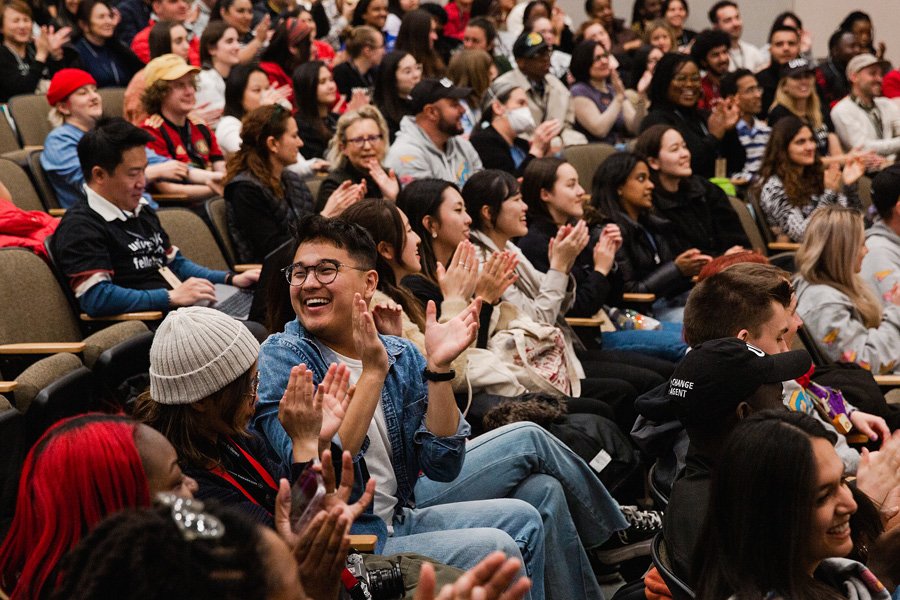
Explore special opportunities to learn new skills and travel the world.
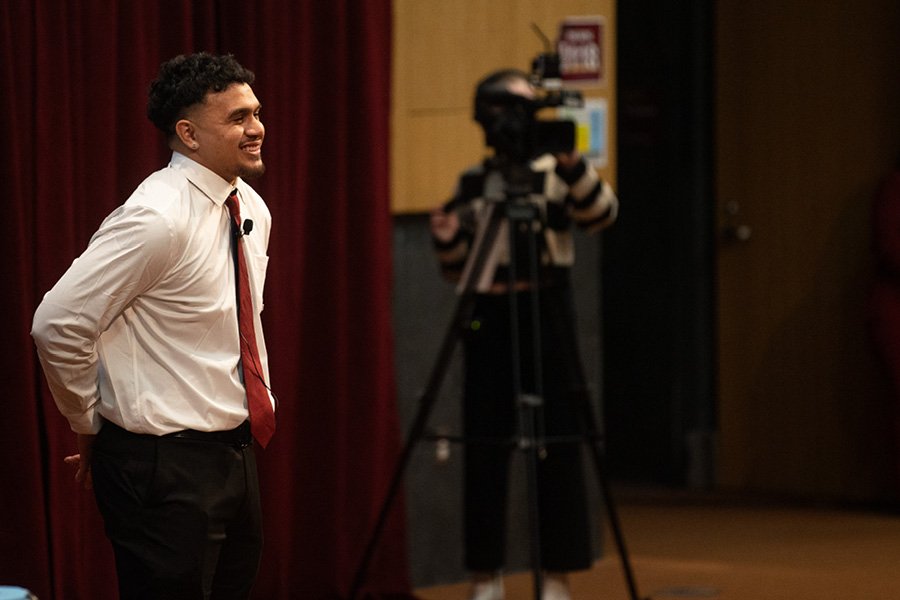
Present your venture and win BIG at the New Venture Challenge.
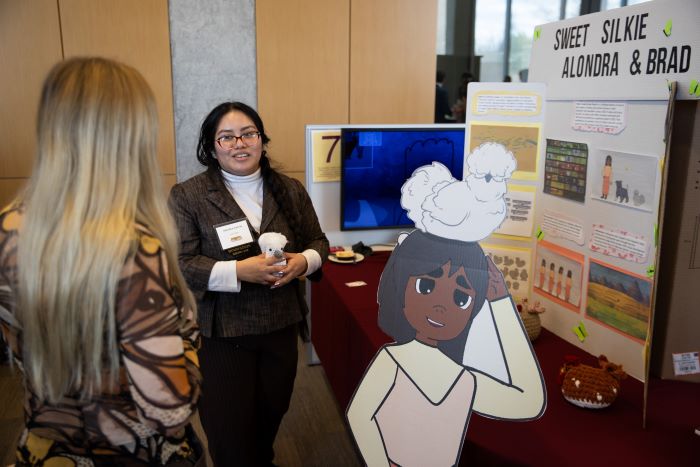
Boost your entrepreneurial skills through our workshops, mentor meetups and pitch competitions.

Learn about the entrepreneurship makerspace on campus in Grawn Hall.

Present a 2-minute pitch at the Make-A-Pitch Competition and you could win prizes and bragging rights!
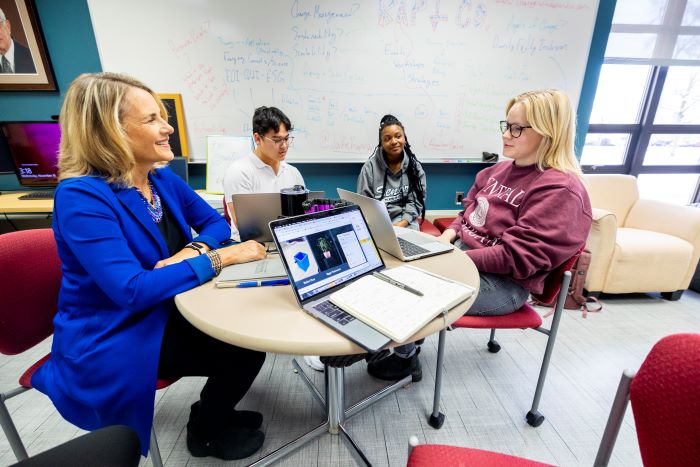
Connect with mentors and faculty who are here to support the next generation of CMU entrepreneurs.
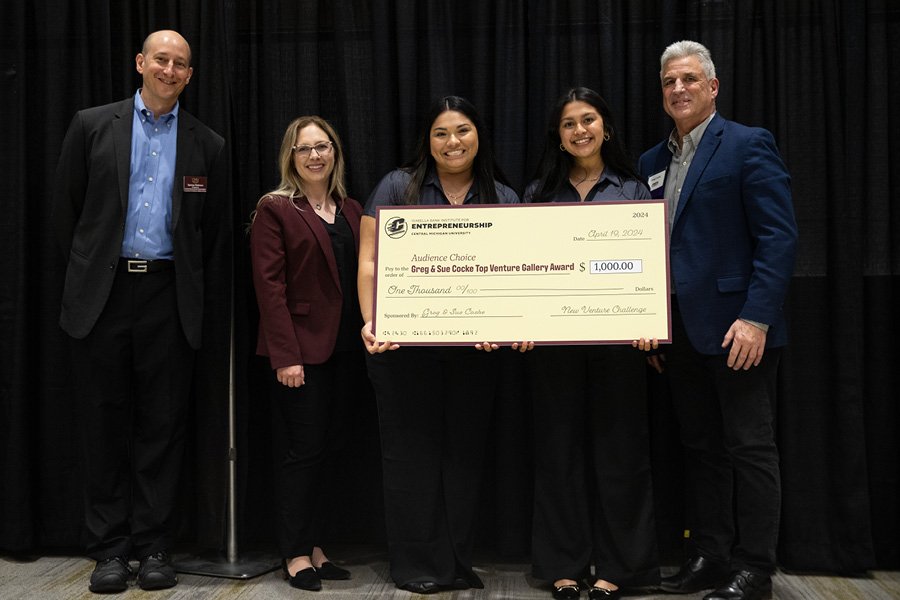
Are you a CMU alum looking to support CMU student entrepreneurs? Learn how you can support or donate to the Entrepreneurship Institute.